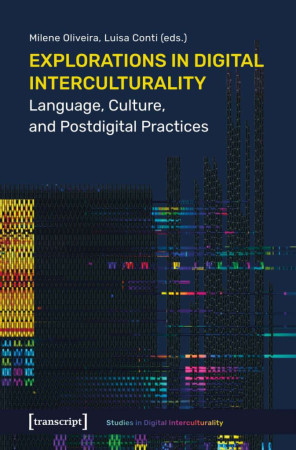Digital interculturality: Understanding postdigital reality through a new conceptual lens

Chapter
Author(s) / editor(s):
Fergal Lenehan
,
Luisa Conti
,
Milene Oliveira
,
Roman Lietz
Year: 2025
In: Oliveira, M. / Conti, L. (eds.): Explorations in Digital Interculturality: Language, Culture, and Postdigital Practices. Bielefeld: transcript, p. 232-257.
Keywords: intercultural communication, digital transformation, platforms, social media, cultureLanguage(s): English
Abstract:
This article develops the concept of ‘digital interculturality’ as a critical lens for
understanding postdigital societies. Against the backdrop of platformisation, algorithmic governance, and AI-driven epistemic infrastructures, interculturality is reconceptualised as a structurally mediated, dynamic, and ambivalent process, shaped by both connectivity and exclusion. The authors write in line with arguments for a shift from essentialist and interactionist models of cultural difference, which presume fixed, monocultural identities, toward a view of identity as fluid and developing within a culturally hybrid lifeworld. Interculturality is, thus, framed as the ubiquitous negotiation of uncertainty and alterity in communicative environments where meaning is algorithmically filtered, amplified, or silenced. In this context, digital interculturality emerges as a multilayered phenomenon embedded in the asymmetries of platform capitalism, epistemic colonialism, and intersectional regimes of (in)visibility. Drawing on Critical (inter)cultural Studies, Internet Studies, and Sociolinguistics, the article calls for infrastructural literacy as a key competence for engaging with the communicative conditions of the postdigital lifeworld, therefore part of intercultural competence. Digital interculturality, the authors conclude, is not peripheral—it is constitutive of contemporary cultural production and transformation.
https://www.transcript-verlag.de/media/pdf/38/77/72/oa9783839476291RYMVE7pRqb1fr.pdf
Post created by: Lymor Wolf Goldstein